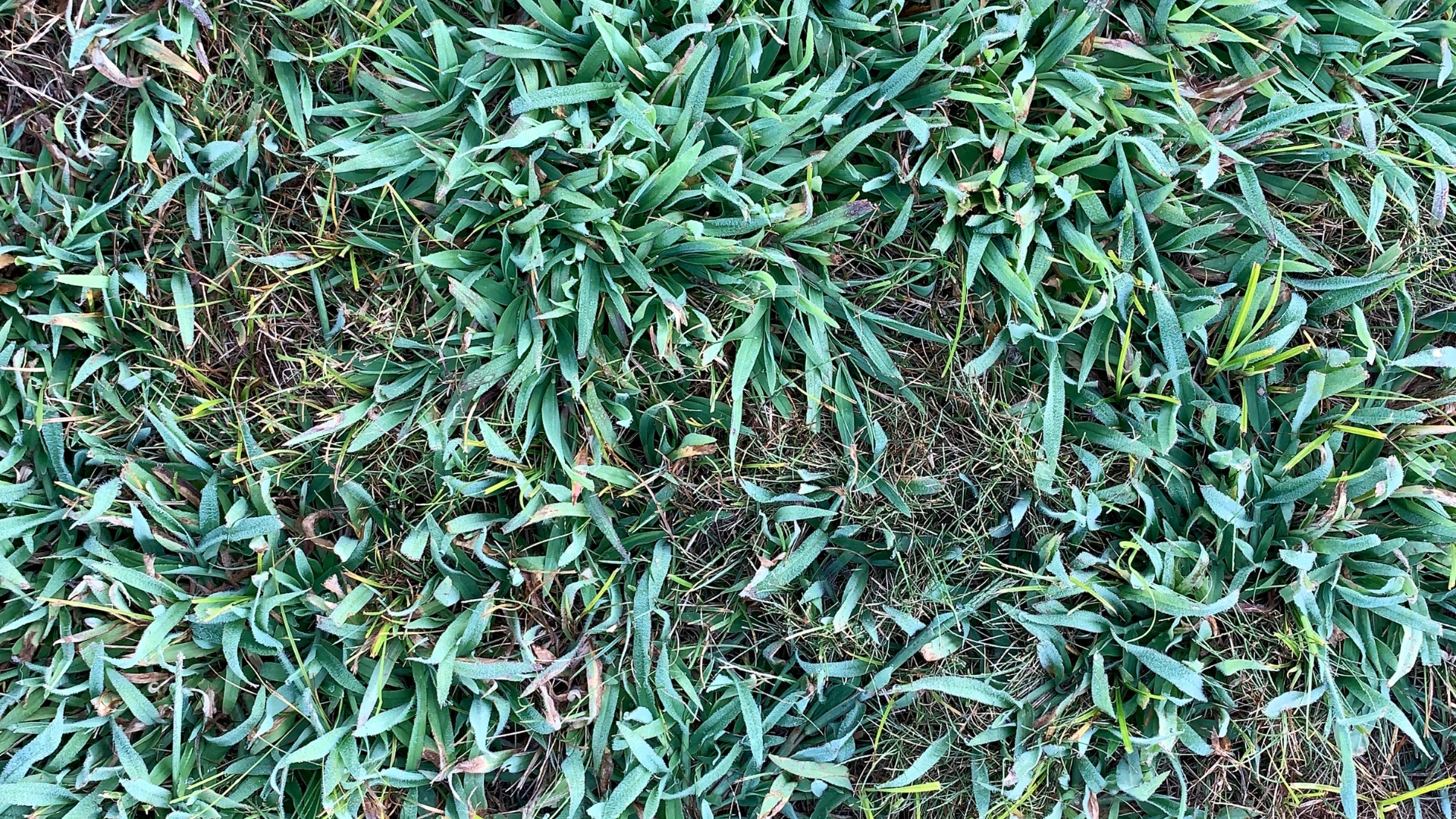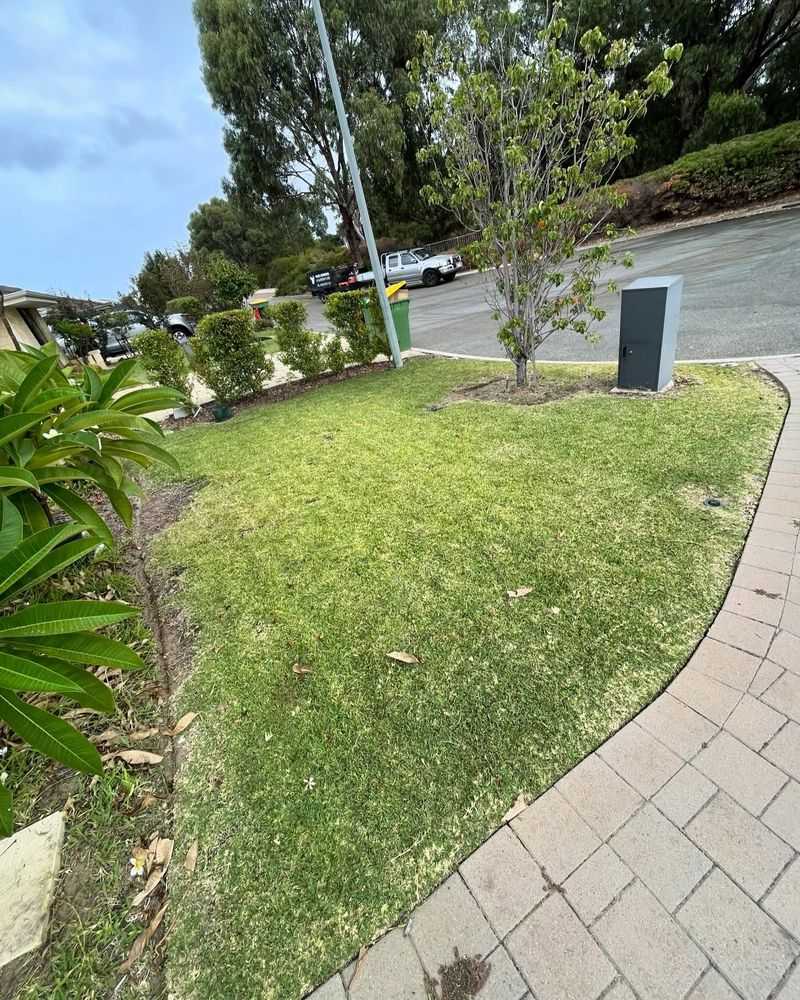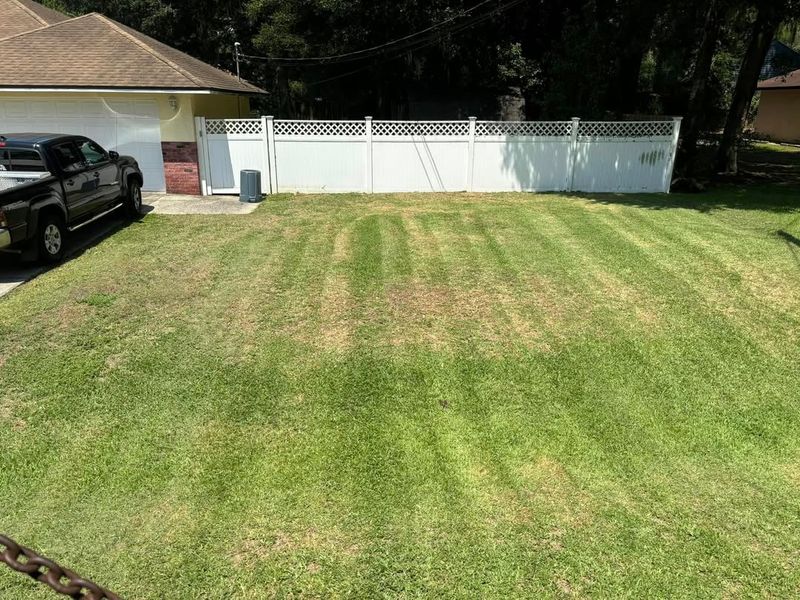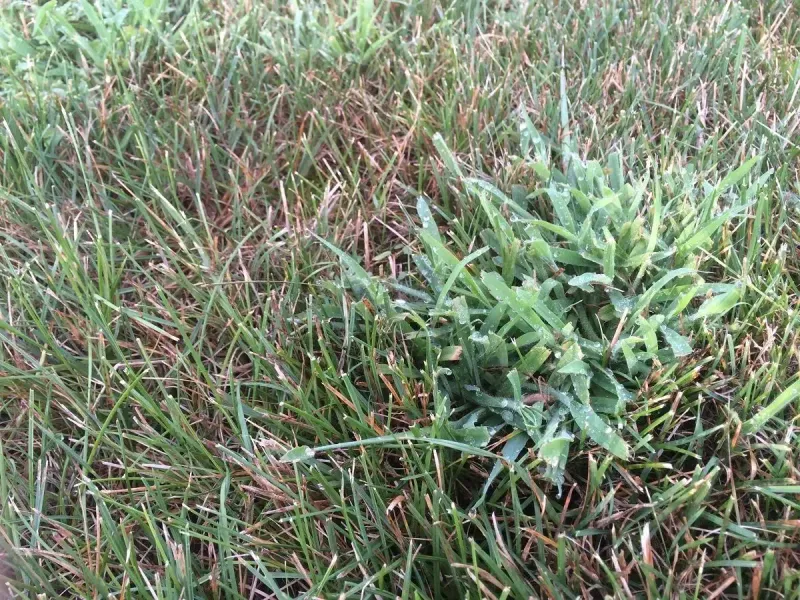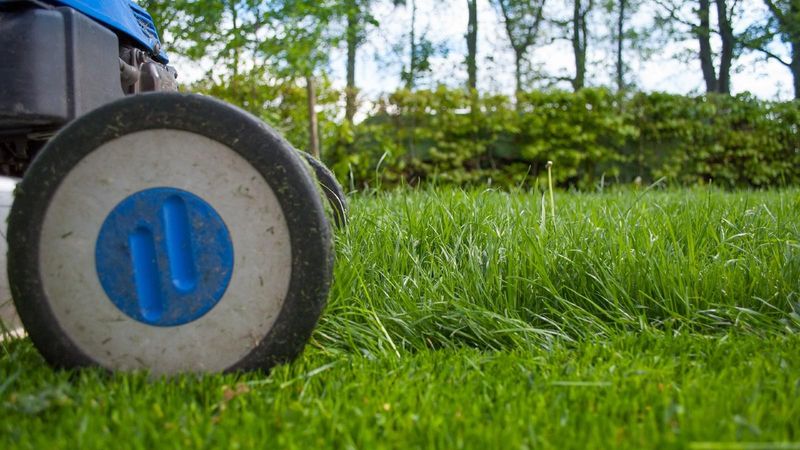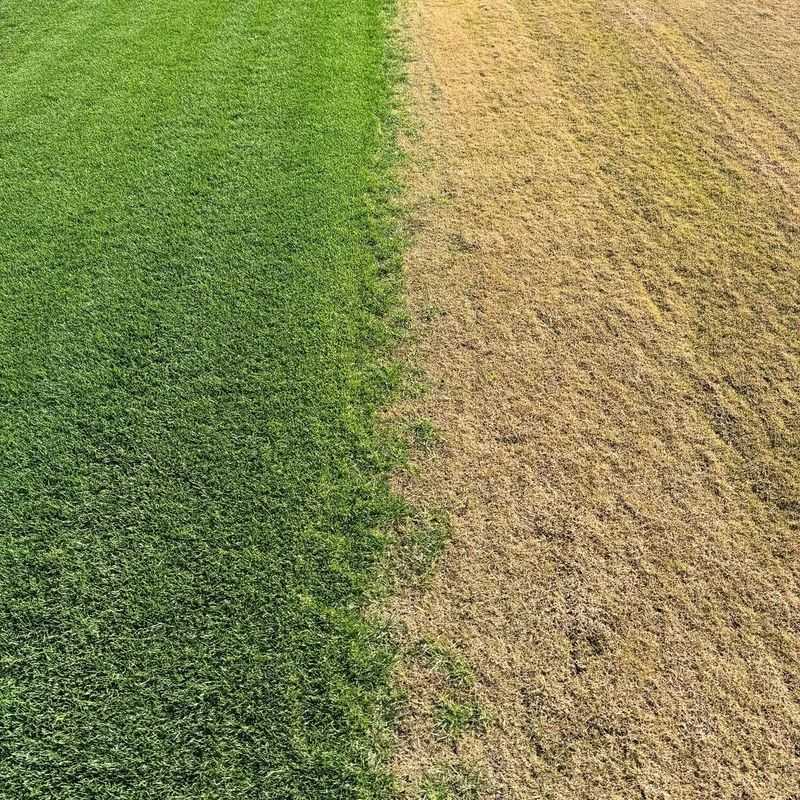A lush, green lawn is every homeowner’s dream, but one small mistake could be inviting the enemy right to your doorstep—crabgrass. If you’ve been mowing your grass too short, you’re not just giving your lawn a bad haircut—you’re rolling out the red carpet for this stubborn weed.
Scalping your grass weakens its roots, exposes the soil, and gives crabgrass the perfect chance to invade. The good news? A simple change in mowing habits can make all the difference. Let’s break down why cutting too short is a big mistake and how the right mowing height can help you win the battle against crabgrass!
1. Mistake Of The Day – Mowing Lawn Too Short
Chopping off too much of the grass’s height might resemble a drastic haircut that leaves your lawn looking rather bare. Crabgrass, notorious for thriving in scantily clad landscapes, loves this scenario.
This opportunistic plant finds plenty of space and sunlight when the grass is cut too short. In essence, the height of your grass can be the defining factor between a vibrant lawn or a crabgrass invasion.
2. What Happens When You Cut Grass Too Short?
Mowing your lawn too short opens the door to a cascade of negative effects, like inviting uninvited guests to a party. The roots, exposed and vulnerable, become weak, struggling to recover from the haircut. Soil, stripped of its protective cover, faces exposure to the harsh sun, inviting weeds to crash the party.
Weakened grass, much like a stressed-out host, finds it challenging to fend off these invaders. The stress level of the lawn increases, leaving it susceptible to further damage and making it a prime target for crabgrass.
3. Why Crabgrass Thrives In A Scalped Lawn
In a lawn that’s been scalped, crabgrass finds the perfect playground to thrive. The exposed soil and weakened grass make it easy for this plant to spread rapidly, much like a rumor in a small town. Without strong grass roots to compete with, crabgrass establishes its dominance quickly.
It takes advantage of the exposure, using the sunlight to fuel its rapid growth, quickly overtaking the weakened grass. The scalped lawn becomes an open invitation for crabgrass to settle in and take control.
4. The Ideal Mowing Height To Prevent Crabgrass
Maintaining the right height for your grass is like setting up a fortress against crabgrass. Different grass types have their preferred heights, and sticking to these can naturally suppress unwanted weeds. Taller grass shades the soil, reducing sunlight exposure that crabgrass needs to thrive. By adhering to the ideal mowing height, you ensure that your lawn looks good and remains healthy, effectively keeping crabgrass at bay.
5. Other Lawn Care Tips To Keep Crabgrass Away
Keeping your grass at the right height is one of the best ways to prevent crabgrass from taking over. Most lawns thrive when mowed at 2.5-4 inches, depending on the grass type, as taller blades provide shade that blocks crabgrass seeds from sprouting.
Cool-season grasses like fescue and Kentucky bluegrass should be kept around 3-4 inches, while warm-season grasses like Bermuda and zoysia do best at 1.5-2.5 inches. Cutting too short weakens the grass, leaving bare spots where crabgrass can quickly take hold.
6. Correcting Mowing Mistakes And Restoring Your Lawn
Rectifying mowing mistakes involves more than just adjusting the mower’s height; it’s about nurturing your lawn back to health. Gradually raising the cutting height allows the grass to recover, like giving it a much-needed spa day. Improving soil health, perhaps with compost or organic matter, aids in recovery.
Encouraging grass regrowth and thickening can be achieved through overseeding and proper care. Simultaneously, controlling crabgrass ensures that your lawn doesn’t just survive but thrives, creating a lush, green space to enjoy.

